King Charles III's Two Birthdays: Understanding The Royal Tradition

Table of Contents
The Origin of the Monarch's Two Birthdays
The tradition of British monarchs celebrating two birthdays—their actual birthdate and an official, public birthday—originated from a practical need to ensure favorable weather conditions for large-scale public celebrations. Early monarchs' birthdays often fell during the unpredictable British winter months. The reign of King George II (1727-1760) proved pivotal in establishing this custom. He moved his official birthday celebration to summer to guarantee pleasant weather for the Trooping the Colour parade, a key event in the British royal calendar.
- Early monarchs' birthdays frequently coincided with inclement weather, making outdoor celebrations problematic.
- A summer celebration ensured a higher probability of good weather for the grand Trooping the Colour parade.
- This practical solution evolved into a deeply ingrained tradition, cementing itself as a vital aspect of British royal life. The tradition continued through subsequent reigns, becoming a hallmark of British monarchy.
Trooping the Colour: The Official Birthday Celebration
Trooping the Colour, also known as the Queen's Birthday Parade (now the King's Birthday Parade), is the spectacular military parade held to mark the monarch's official birthday. This vibrant ceremony boasts a rich history, dating back to the 18th century, and is a symbol of national pride and military prowess. The event involves a majestic display of military precision, with hundreds of soldiers from various regiments marching in perfect synchronization.
- The impressive military display: Regiments from the British Army, including the Household Cavalry, march with meticulous precision, showcasing their skills and traditions.
- The royal family appearing on the Buckingham Palace balcony: Following the parade, the King, other members of the Royal Family, and senior military personnel appear on the Buckingham Palace balcony to greet the cheering crowds. This iconic moment is a highlight of the celebration.
- The flypast by the Royal Air Force: The ceremony culminates with a breathtaking flypast by the Royal Air Force, featuring a variety of aircraft in a meticulously planned aerial display.
- The vibrant atmosphere and crowds: The streets surrounding Buckingham Palace are packed with enthusiastic spectators eager to witness the spectacle, creating a vibrant and festive atmosphere. The event draws large crowds from across the UK and the world.
The Difference Between the Actual and Official Birthday
King Charles III's actual birthday is on November 14th. However, his official birthday celebration, like those of his predecessors, is held in June, typically on a Saturday. This distinction highlights the evolution of the royal tradition from a pragmatic solution to a significant cultural event. While his actual birthday is a more private affair likely spent with family, the official birthday is a grand public spectacle signifying national unity and celebration.
- Actual birthday: A private, family-oriented event.
- Official birthday: A major public celebration showcasing British military tradition and national pride.
- The symbolic importance: The official birthday transcends the actual date, becoming a symbol of national identity and the enduring power of the British monarchy.
King Charles III's Two Birthdays: A Modern Tradition
King Charles III's two birthdays continue this longstanding tradition. While the core elements of Trooping the Colour remain, subtle adaptations are expected given the changing times and his own personal preferences. It will be interesting to see how this important tradition continues to evolve during his reign.
- Specific details about his official birthday celebrations: These will be observed closely for any differences or evolutions compared to past celebrations. Media coverage will be crucial to track these details.
- Comparison to previous monarchs' celebrations: A comparison with the celebrations during the reigns of Queen Elizabeth II and other monarchs will highlight the continuity and evolution of this royal tradition.
- Any anticipated changes or evolution of the tradition: While the core components are likely to stay the same, minor modifications could reflect modern sensibilities and preferences of King Charles III.
Conclusion
King Charles III's two birthdays represent a unique blend of historical practicality and enduring royal tradition. The origins of this custom lie in the need for favorable weather during the Trooping the Colour parade, a spectacular event showcasing British military might and national unity. While the actual birthday remains a private affair, the official birthday continues to be a significant national celebration, highlighting the enduring relevance of the British monarchy. Learn more about the rich history and traditions surrounding King Charles III’s two birthdays and the continuing evolution of the British monarchy! Explore other aspects of royal life by searching "[British Royal Family Traditions]" to discover more fascinating insights.

Featured Posts
-
 Listes Stoxopoioyn Ilektrika Aytokinita Klopi Kalodion
May 27, 2025
Listes Stoxopoioyn Ilektrika Aytokinita Klopi Kalodion
May 27, 2025 -
 Congres Du Ps L Opposition A Olivier Faure Tente De S Unir
May 27, 2025
Congres Du Ps L Opposition A Olivier Faure Tente De S Unir
May 27, 2025 -
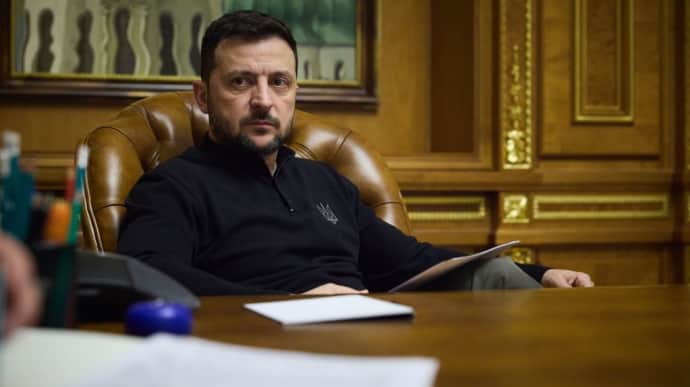 Putin Vidmovlyayetsya Vid Kompromisiv Analiz Isw Peregovoriv Z Ukrayinoyu
May 27, 2025
Putin Vidmovlyayetsya Vid Kompromisiv Analiz Isw Peregovoriv Z Ukrayinoyu
May 27, 2025 -
 Selena Gomez Claims Taylor Swift Was Wrong About Blake Lively The Full Story
May 27, 2025
Selena Gomez Claims Taylor Swift Was Wrong About Blake Lively The Full Story
May 27, 2025 -
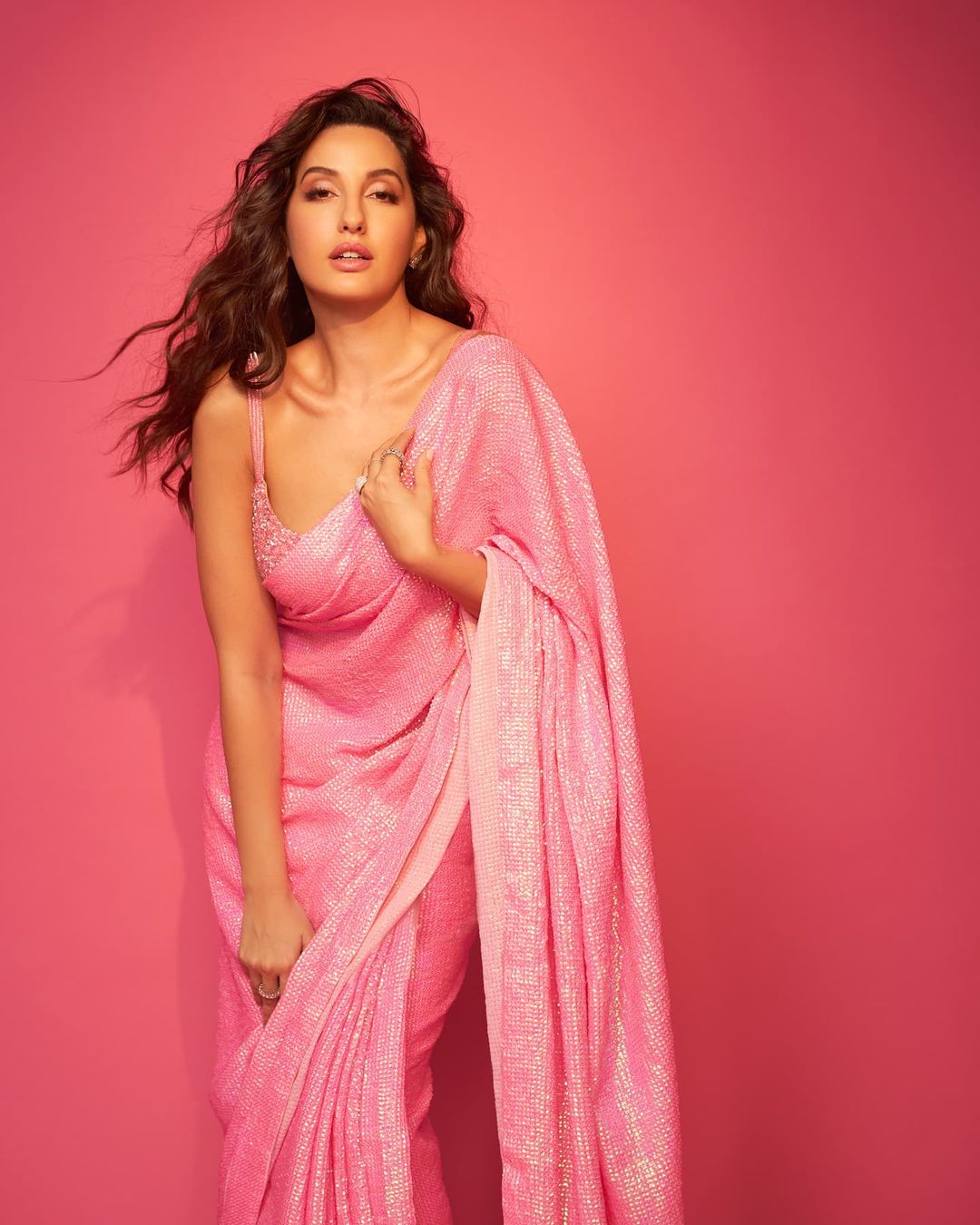 Nora Fatehis Red Bikini Beach Photos Bollywood Actress Sizzles
May 27, 2025
Nora Fatehis Red Bikini Beach Photos Bollywood Actress Sizzles
May 27, 2025
Latest Posts
-
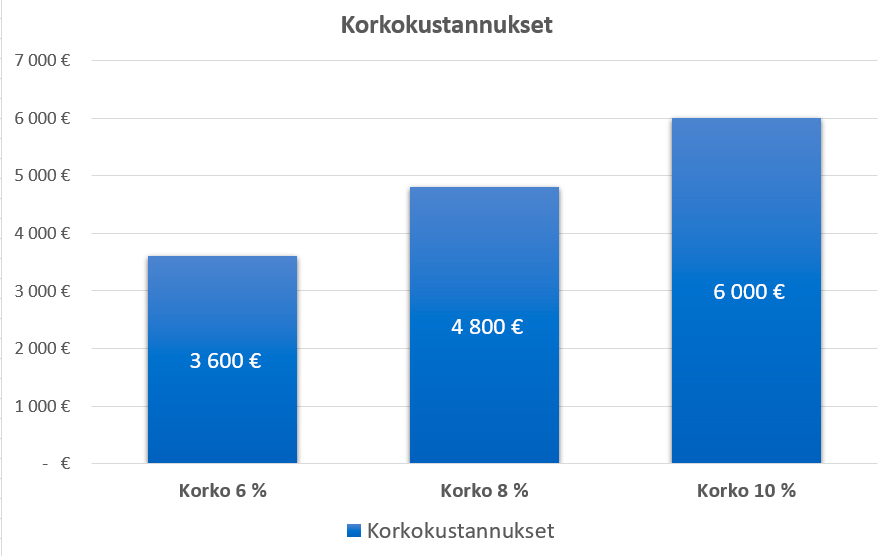 Lainavertailu Auttaa Loeytaemaeaen Edullisimman Lainan Korkeiden Korkojen Aikana
May 28, 2025
Lainavertailu Auttaa Loeytaemaeaen Edullisimman Lainan Korkeiden Korkojen Aikana
May 28, 2025 -
 Kaupallinen Yhteistyoe Lainaa Korkeiden Korkojen Aikana Loeydae Edullisempi Laina Vertailun Avulla
May 28, 2025
Kaupallinen Yhteistyoe Lainaa Korkeiden Korkojen Aikana Loeydae Edullisempi Laina Vertailun Avulla
May 28, 2025 -
 The 202 Million Euromillions Jackpot Is It Time To Play
May 28, 2025
The 202 Million Euromillions Jackpot Is It Time To Play
May 28, 2025 -
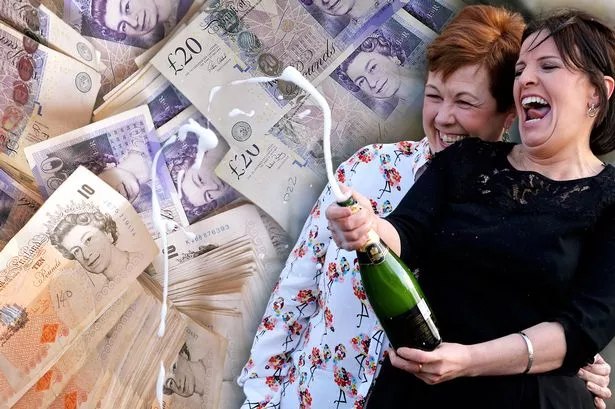 202m Euromillions How To Increase Your Chances Of Winning
May 28, 2025
202m Euromillions How To Increase Your Chances Of Winning
May 28, 2025 -
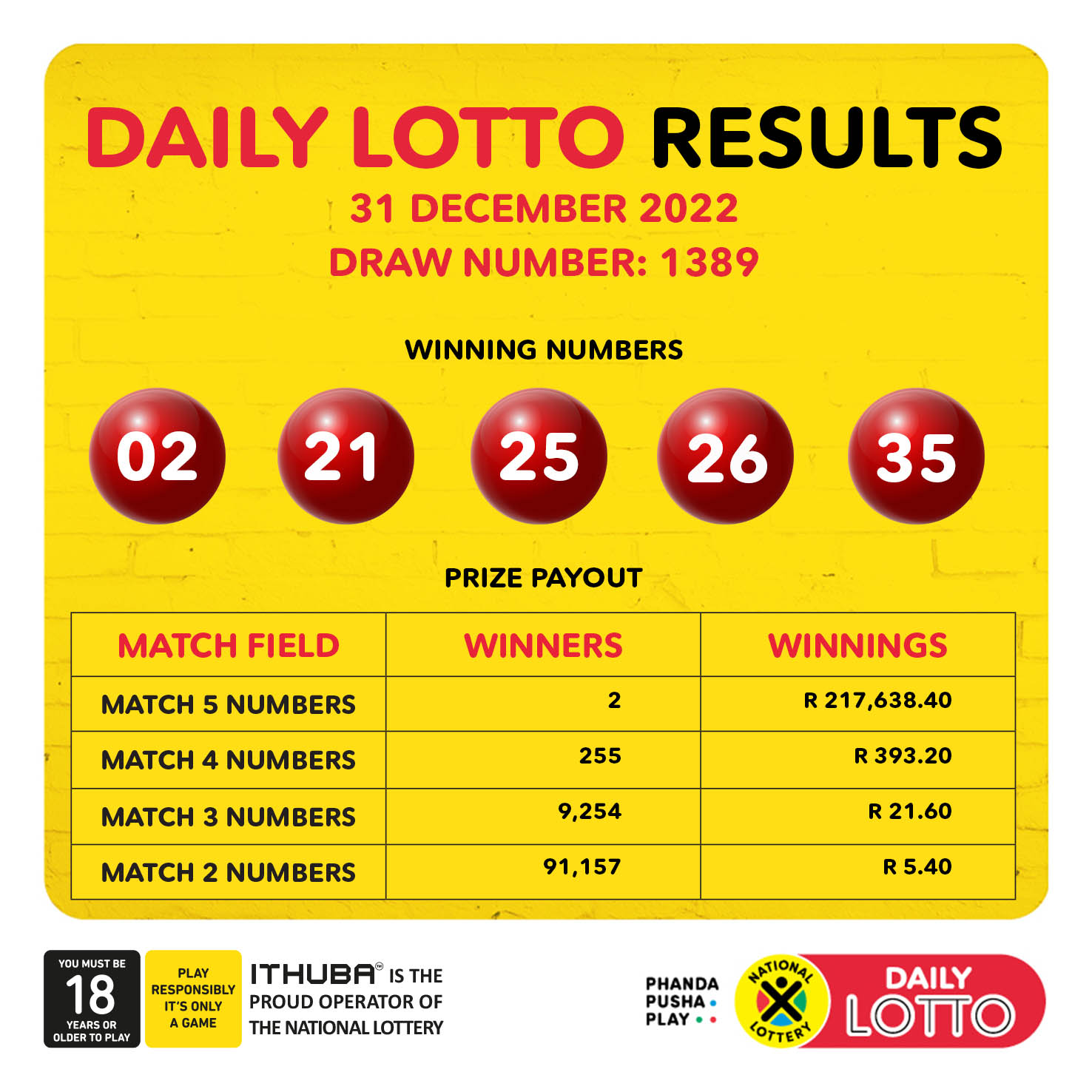 Play Euromillions 202m Jackpot Offers Life Changing Wealth
May 28, 2025
Play Euromillions 202m Jackpot Offers Life Changing Wealth
May 28, 2025
